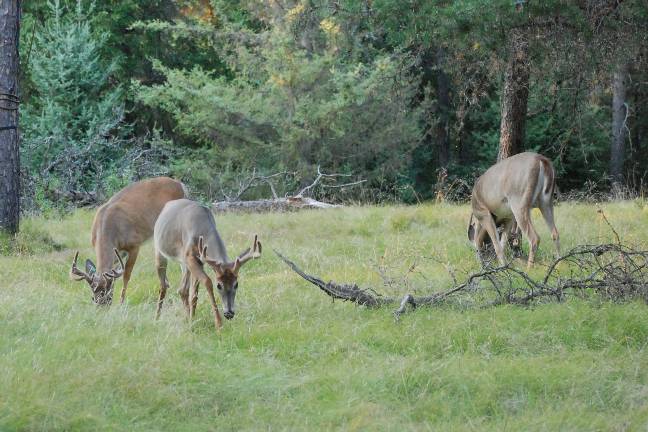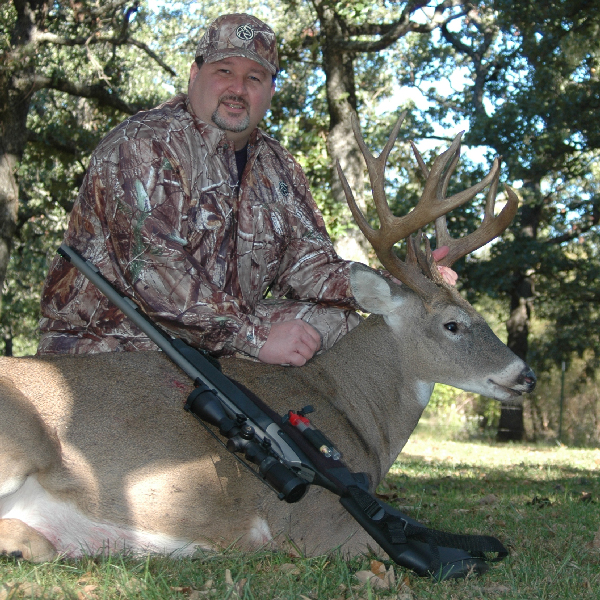Most hunters think of the rut as the best time to kill a big buck, but there are valid reasons why early season can also be good -and sometimes the earlier the better.
It didn't feel much like deer hunting weather — temps in the 70s, muggy and buggy — yet there I was, perched in a ladder stand 80 yards from a persimmon patch roughly the size of a house. It being so warm, I didn't expect much action until the waning moments of daylight. So it was somewhat unexpected when a doe and fawn showed up with two full hours of daylight remaining. That turned out to be the tip of the iceberg.The assembly was somewhat unexpected, though it should have been. It was early muzzleloader season in Kansas, a state that has a lot of bucks, at a time when those bucks tend to be at their most visible and potentially vulnerable period. While most deer hunters favor cooler temps and the hot action of the rut, early season offers some alternatives that rival and may even exceed the rut if your goal is to bag a big buck.
What Happens in Vegas...
One advantage of early season hunting involves social interaction. In late summer, whitetail bucks begin forming loose associations called bachelor groups or bachelor herds that will remain together to some extent into the early fall. They may include as few as two or three deer, or more than a dozen depending on deer densities and food availability.
The Other Rut
When talking about deer, the term "rut" is typically applied to that magical time when even the wiliest whitetails drop their guard and wander around during daylight hours. When referring to ourselves, we humans ascribe the term rut to a monotonous routine we're stuck in.While we don't call it that, whitetails also sometimes get into a fairly repetitious routine, but only early in the season. While the rut is exciting, it's also very random. To the contrary, whitetails are at their most routine, and most "patternable" very early in the hunting season.
Low Pressure
While deer — particularly bucks — tend to be fairly routine, it doesn't take much to throw them out of their early-season patterns. Studies have shown deer move increasingly less during daylight, and more in thicker cover as hunting pressure increases. Like the savvy fisherman who wants first water — to be the first to cast a fly into a particular pool — you want to be the first in a particular patch of woods. And if you did your scouting properly, your fist sit should be your best as deer will quickly begin patterning and avoiding you.
没有评论:
发表评论